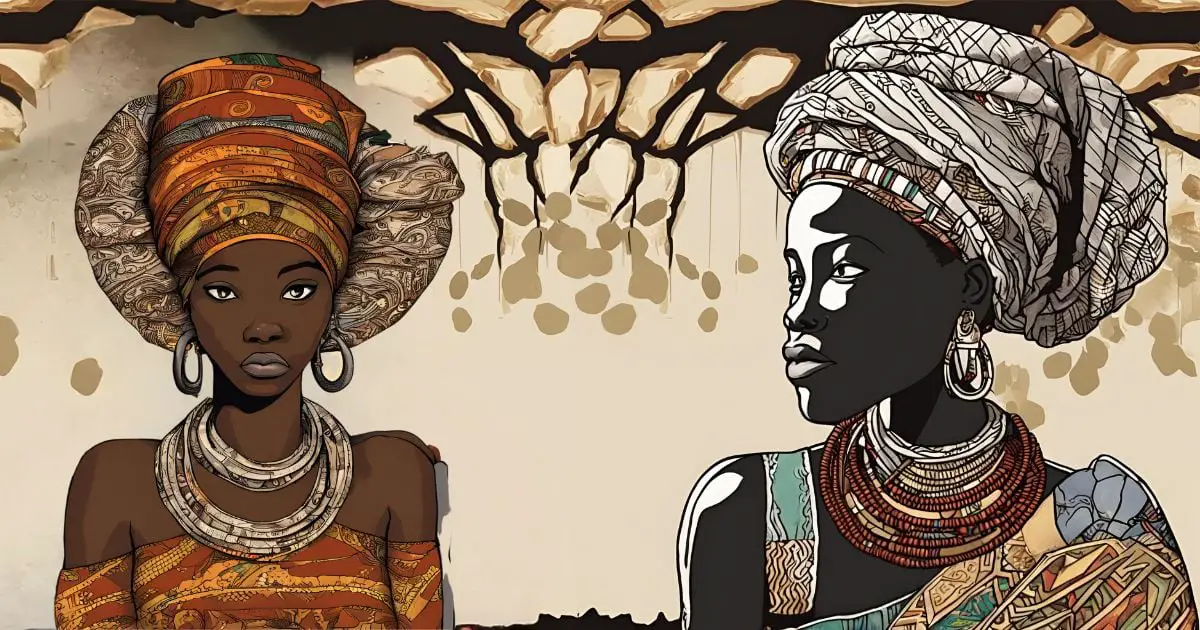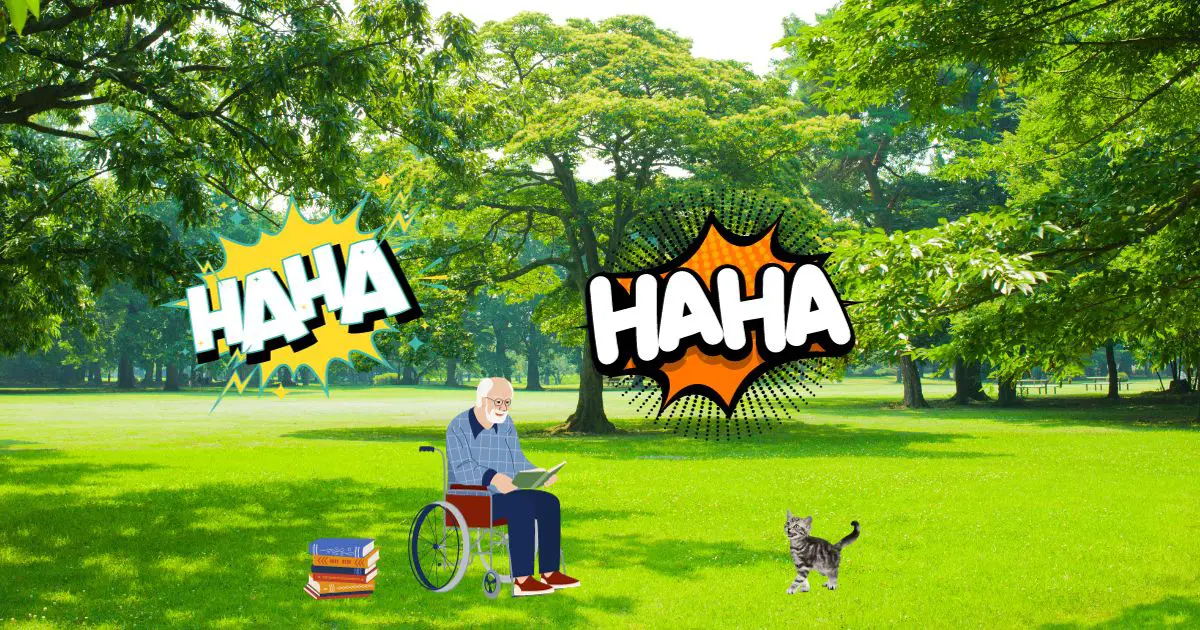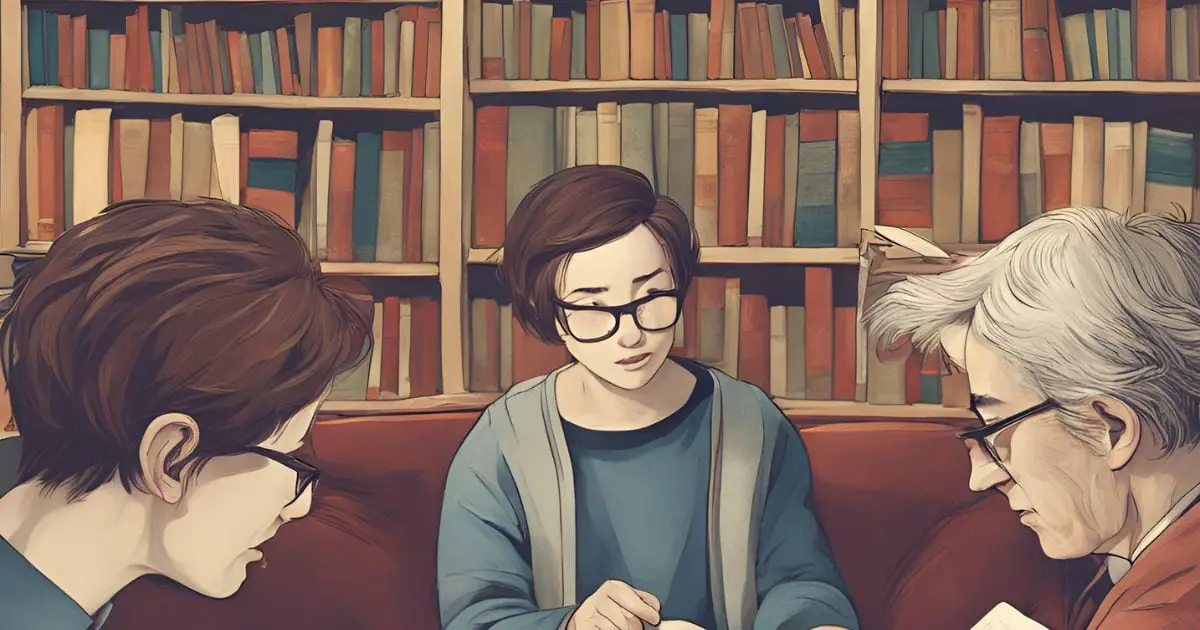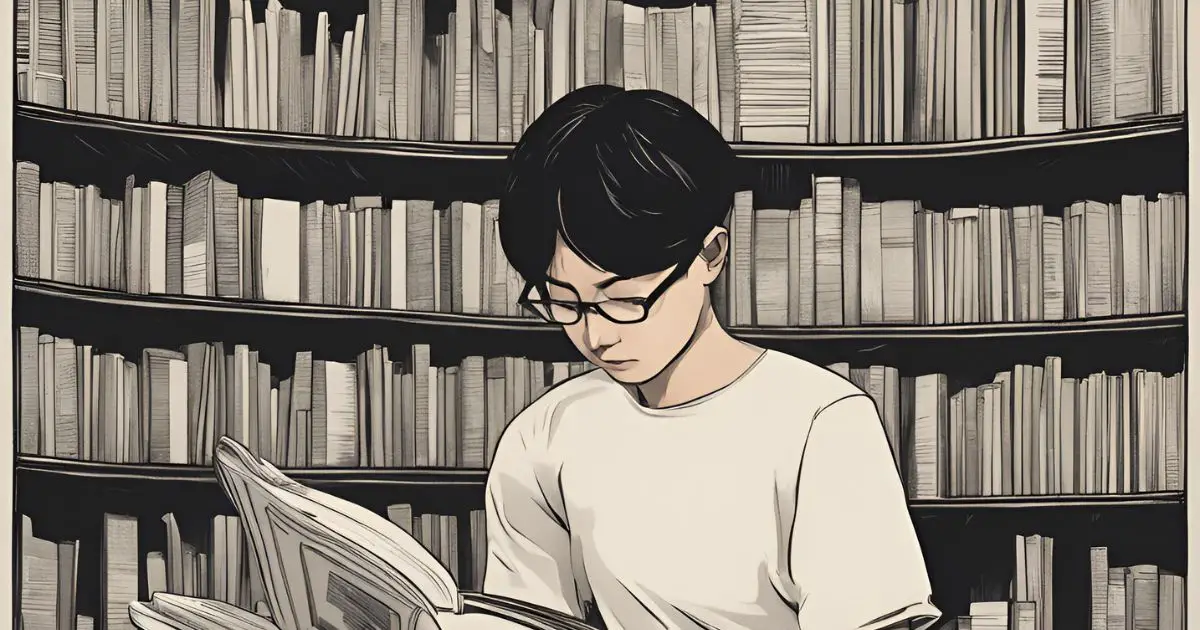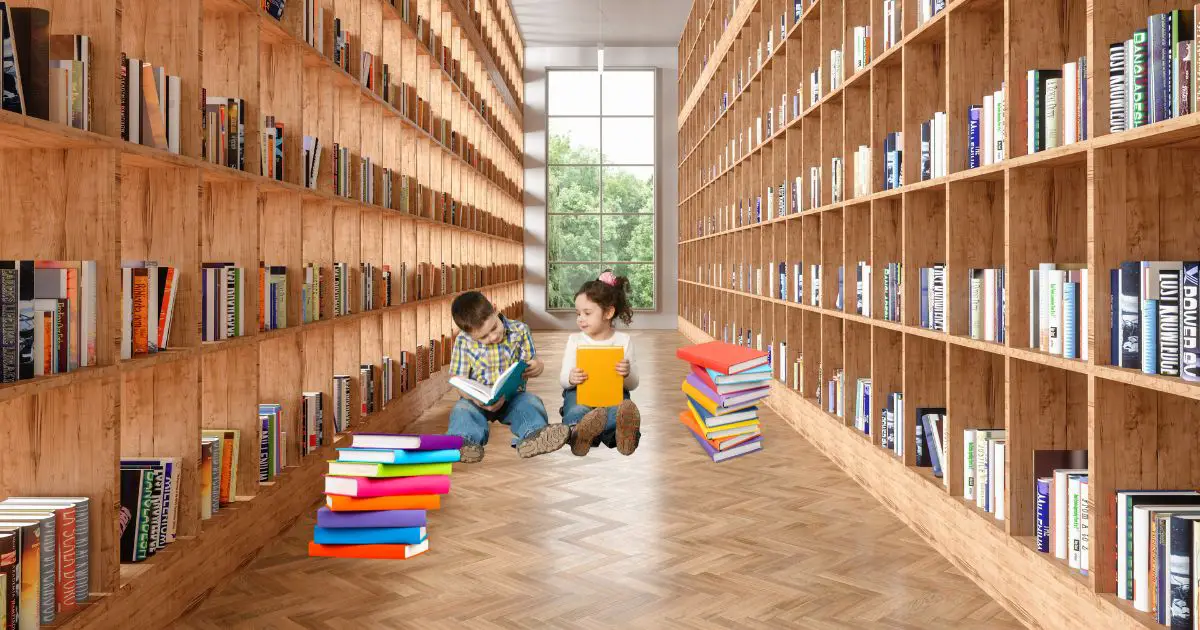How does storytelling in Europe shape cultural identity? Let’s explore the profound impact of narratives passed down through generations.
Storytelling in Europe greatly impacts cultural identity by assisting in preserving traditions, transmitting significant messages, and generating emotions of community membership. Europeans connect with their heritage by listening to stories passed down from ancestors over time which influences how they perceive themselves and the society they live within.

1. The Fundamentals of Storytelling in Europe
The tradition of storytelling is a custom in European culture that has withstood time. This method – from old mythology to present literature, functions as mirrors that display the complexities within society and identity types. We are going to talk about the profound effect it has on cultural identity in this article.
2. Preservation of Tradition
Picture this: you’re growing up in a small village in France. You spend evenings gathered around the fireplace, listening to your grandparents recounting tales of knights, dragons, and lost kingdoms. These stories, passed down through generations, not only entertain the listeners but also instill a deep appreciation for cultural heritage in them.
- Oral Tradition: In the past, this was how Europe’s history and stories were kept. They would be passed on through word of mouth, making sure that our cultural legacy is preserved for those who come after us. From elder tales told by grandparents to lengthy poems sung by bards, oral tradition has always been deeply rooted in the art of storytelling within Europe. These narratives encompass the essence of a people. Their beliefs and encounters are mirrored in these stories.
- Folklore and Mythology: Numerous stories in European folklore consist of mythical creatures, tales of great heroes, and moral parables. From Greek myths involving gods and heroes to Arthurian legends talking about chivalry and honor, these narratives give a sense of what Europeans as a whole imagine. When communities repeat these stories, they are confirming their cultural origin and common memory.
- Cultural Celebrations: Frequently, Europe’s festivals and rituals highlight the power of storytelling to strengthen cultural identity. When we think about Spain’s lively carnivals, Ireland’s mysterious customs, or happy get-togethers in Slavic cultures – all these celebrations are akin to stories that are always being revealed. They connect people with their past and each other.
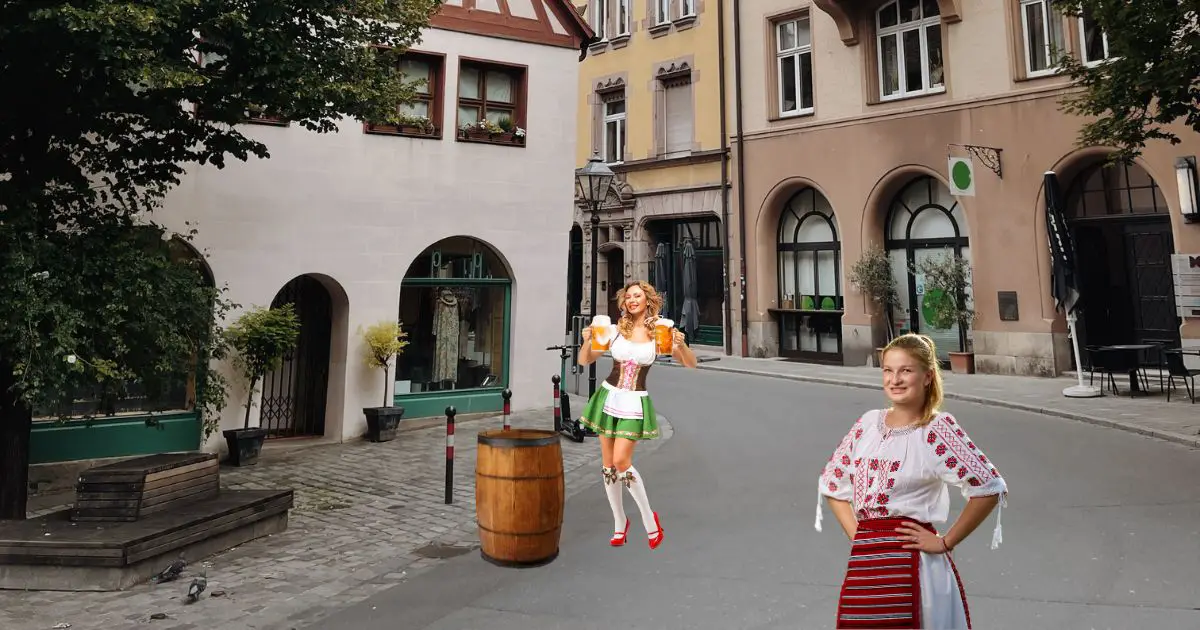
3. Transmission of Values
Children often like it when parents read to them from Aesop’s fables and the stories of the Brothers Grimm. These tales appear basic at first, but they carry important lessons about truthfulness, bravery, and kindness. When children grow up and face life as it becomes more intricate, it seems like an appropriate moment to recall these old storybooks’ wisdom too.
- Morality and Ethics: Storytelling is a traditional way, people have used to pass on moral lessons and ethical rules. Fables such as Aesop’s tales or the fairytales from the Brothers Grimm teach virtues like truthfulness, bravery, and compassion. In Europe, societies utilize these stories for imparting values to their young ones; this aids in molding the ethical structure of society.
- Identity and Belonging: In Europe, literature often delves into matters of identity, belonging, and questions about existence. From Shakespeare’s tragic works to Dostoevsky’s books on being, these artistic creations deal with the human condition by asking who we are as individuals and where we fit within society’s norms. The relationship between people and stories assists in molding their identity within a broader cultural context.
- Social Commentary: Many stories from Europe are powerful social commentaries, expressing thoughts on today’s issues and challenging current norms. Whether it is George Orwell’s dystopian views or Henrik Ibsen’s disapproval of societal restrictions, these tales promote introspection and conversation that form our shared consciousness.
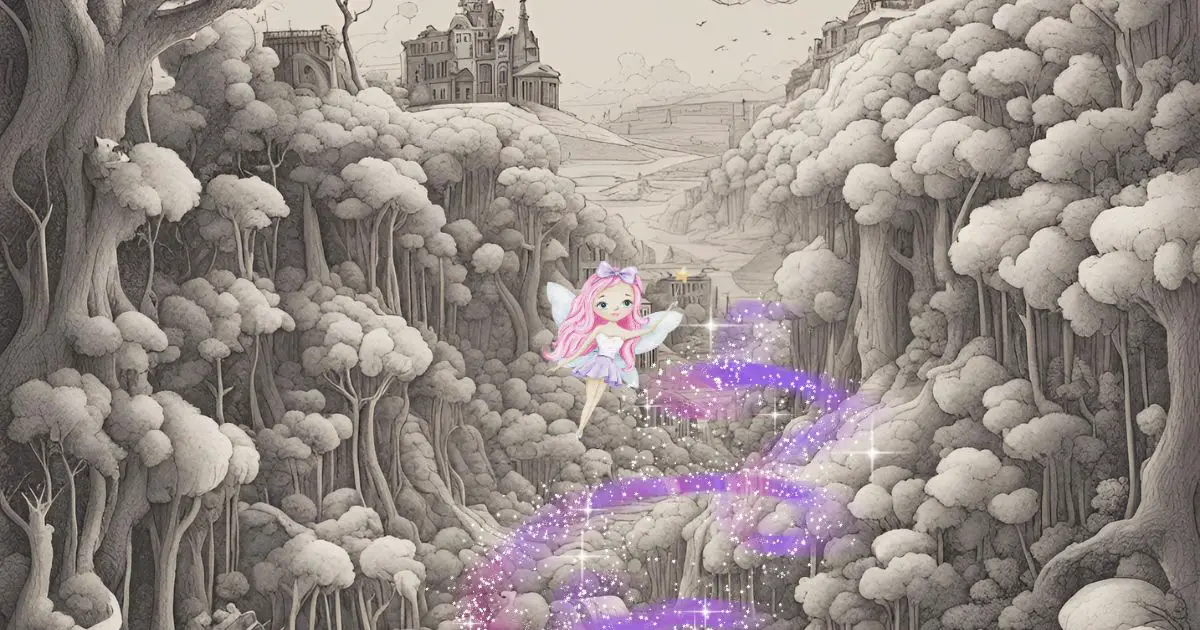
4. Sense of Belonging
Anyone fortunate to live in many European countries during their life can see and feel the great variety of cultures that form the European tapestry, each with its unique language and customs. Everywhere you go, you discover a common ground.
Any guesses on what this common ground is? It’s storytelling which is a universal thread holding us together and giving us feelings of belongingness as well as shared identity.
- Regional Diversity: Europe is filled with many cultures, languages, and customs. These parts mix in a complex way that makes up the entire identity of Europe. The variety can be seen through storytelling, where local tales and literature from different areas emphasize distinct heritage.
To give an example, the sagas from Nordic Iceland are not the same as Mediterranean Greek myths or Gothic stories coming from Central Europe. But these types of tales that are specific to local culture still evoke regional pride through storytelling within Europe’s borders.
- Interconnectedness: In the tale of Europe, numerous significant occurrences have profoundly shaped cultural identity. These events remain enduring imprints on the memory shared by its inhabitants. Wars, revolutions, and periods of cultural rebirth did not just create history but also offered chances for storytelling to flourish.
- Adaptation and Innovation: European storytelling, which has a deep history in tradition, is always changing. It accepts new ways and stories as time goes on. Starting with the rise of novels during the 1700s to digital storytelling from the 2000s onwards, European creativity has no limit to its forms. The ability to change makes sure that this art of telling stories stays important and loved by people for many years.
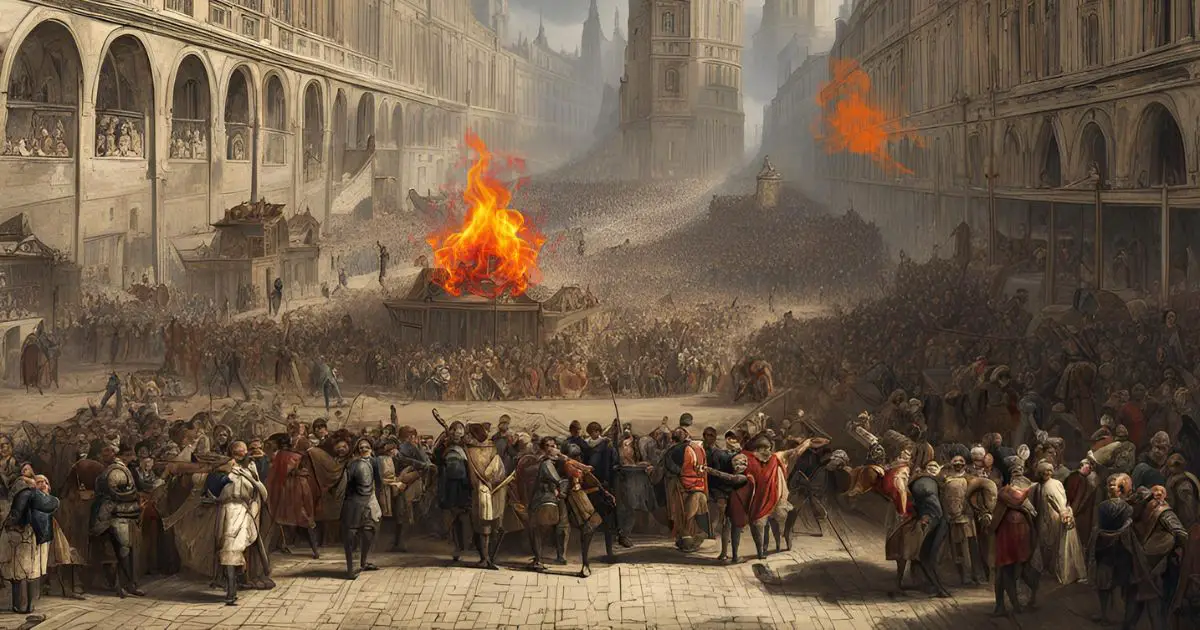
5. Influence of Historical Events
If you’re able to visit historical places such as the Berlin Wall or the battlefields in Normandy, you’ll be reminded of how significant and influential historical events are in defining Europe’s identity. While being present among remnants from past times, you can experience a strong link to narratives about bravery, endurance, and sacrifice that resonate across history.
In the story of Europe, many big happenings have deeply influenced cultural identity. These events remain as strong marks on the collective memory of its people. Wars, revolutions, and times of cultural renaissance not only made history but also allowed storytelling to grow.
An example is the lasting effects of World Wars I and II, still affecting European societies. These have shaped narratives that struggle with trauma, strength, and human price related to conflict. This includes poetry by Wilfred Owen who expressed trench warfare horrors in verse form. Also included are the existential novels from post-war Europe like “The Plague” written by Albert Camus. They both use historical events as powerful settings for tales of bravery, giving up oneself, and enduring life’s challenges.
Cultural Memory and Commemoration
If you are a literature and film enthusiast, you might be able to notice the growth in storytelling methods across Europe. From searching in old books at small bookshops to watching the newest European movies on digital platforms, it is fascinating how technology has changed our way of enjoying stories while keeping their basic elements alive.
The Renaissance and Enlightenment are famous times of cultural awakening. These periods experienced much growth in intellectuality and artistry, giving rise to stories that celebrate human ability and desire for knowledge. The creative works of masters such as Leonardo da Vinci or Michelangelo during the time of the Renaissance demonstrate not just artistic brilliance but also embody innovation and humanism which are characteristic of this period.
In this way, we can comprehend the mutual memories and robustness of European societies. These stories serve as bearers of knowledge, suffering, and triumphs from earlier periods. They safeguard our lessons so that they may be recalled in future eras when people have different feelings, viewpoints, or historical circumstances to deal with.
6. Evolution of Storytelling Mediums
In Europe, the development of storytelling forms displays the flexibility and inventiveness of its inhabitants. This is also influenced by alterations in technology and society from olden times to the current era. From simple oral customs to today’s digital age, Europeans have utilized an assortment of methods to express their stories. Everyone has their benefits and difficulties.
In Europe, the majority of history was not recorded in written form but instead through oral tradition. This custom dates back to periods before history was written and it continued being passed on by griots, bards, and troubadours who narrated stories about heroes, gods along daily life. They attracted listeners with their rhythmic poetry and vivid depictions. This style of sharing stories kept its strength during the Middle Ages and later periods with long poems like “Beowulf” or “The Song of Roland”, which made famous the grand adventures from old legends.
Technological Innovations and Narrative Forms
The printing press stepped onto the stage in the 15th century and changed literature to the mightiest method of storytelling. It allowed everyone to have access to knowledge and thoughts. Shakespeare, Cervantes, and Goethe’s works turned into significant spots in European literature as well as affecting broader culture.
Changes in technology have altered the methods of telling stories, with movies, television, and digital ways becoming more prevalent. People from Europe are open to change and unafraid of trying out various narrative methods – from the silent films at the start of the 20th century till now where virtual reality can transport viewers into storylines.
By this progression, we understand more completely how storytelling still impacts cultural identification within modern Europe. Each medium, literature, theatre, or cinema; digital narrative, offers unique opportunities for involvement and communication. This maintains the tradition of storytelling as a vital part of an evolving world.

7. Role of Storytellers and Artists
Have you ever gone to literary festivals and art shows in Europe? You might have met storytellers and artists from many different places. Each one has their special way of telling stories or making art that is a gift to the world. They show how important it is to view things from different perspectives, which expands our understanding and love for the ability of storytelling to go beyond borders.
The start of every story is marked by a person who narrates it, an artist who forms it. They give their creative touch, perspective, and lived life into the story. The European way of storytelling comes from many kinds of voices – from old-style poets and playwriters to current authors or movie creators, they all have contributed something special to the fabric that Europe’s culture cherishes.
The Greeks, in ancient times, were the ones who initially made epic poetry. Works like “Iliad” and “Odyssey” from Homer serve as beginning points for this kind of storytelling which still has an impact on today’s storytellers. These big storylines that were either sung by bards or acted out on stages dealt with subjects about heroism, fate, and human nature. They essentially created what literature is in Western culture.
During the phase known as the Renaissance, many famous artists such as Leonardo da Vinci, Michelangelo, and Raphael created unique works that will last forever. These painters represent a time of cultural revival and humanism’s spirit. They depicted the European identity in their art forms like painting (Leonardo), sculpture (Michelangelo) or architecture (Raphael). These works highlighted natural beauty along with the potential for creativity in people’s minds.
Cultural Icons and Archetypes
European storytellers and artists, in more recent years, have kept on being innovative and unconventional. They’ve handled topics such as social issues, politics, or even life’s meaning. The existential novels of Franz Kafka and Albert Camus, along with the cinematic masterpieces from Ingmar Bergman to Federico Fellini. All these show how European individuals deal with complexities in today’s world while providing an understanding of human circumstances.
We appreciate the variety of voices and perspectives that enhance European cultural heritage by studying the part of storytellers and artists. In literature, theater, visual arts, or film – all these fields have people who tell stories from different viewpoints which help to form what is considered typical European storylines.
8. Intersectionality and Diversity
Any person who has several intersecting identities frequently looks for stories that mirror my experiences and difficulties. Whether it’s reading about the problems encountered by people who have immigrated or viewing films that highlight LGBTQ+ groups, storytelling provides confirmation and strength to accept yourself.
The storytelling in Europe is similar to a picture with many small pieces, different voices, viewpoints, and experiences. This shows the diverse combination of identities that create its cultural picture across this continent. Storytelling considers intersectionality, or how social categories like race, class, gender, and sexuality are linked together. It does this by expressing stories in subtle ways that highlight details about complex identity issues and power relationships.
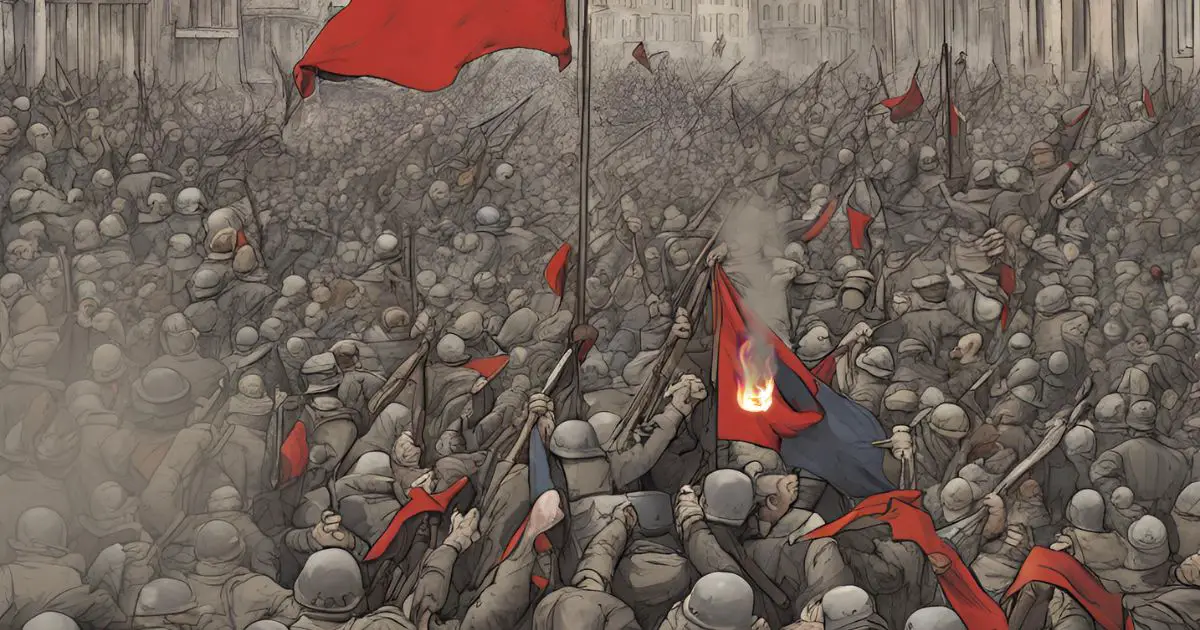
Narratives of Resistance and Resilience
Stories from underrepresented groups such as immigrants, and ethnic minorities are crucial because they provide varying narratives that challenge main cultural norms and widen our understanding of what European identity entails. The literature by Chimamanda Ngozi Adichie, a Nigerian-born writer who explores the immigrant life experience within Europe’s borders could offer us insight on complex matters related to identity, belonging as well as blending cultures.
Communities of diaspora and tales from various lands all over Europe have diversified European storytelling. They introduce transnational narratives that cross place and cultural boundaries. Instances are the Afro-European experience populated by a range of voices and viewpoints that query Eurocentric storylines while appreciating Europe’s multiplicity in culture.
When we think about the link between intersectionality and diversity in storytelling, it makes us realize how single-story narratives have their limits. We start to appreciate the many parts that make up European identity. These stories not only reveal what’s happening in Europe right now but also function as instruments of social change and collective power.
9. Transnational Influences and Globalization
If you reside in Europe, you might have witnessed how storytelling in this continent is affected by transnational impacts and cultural interchange. Exposing yourself to American TV series through marathon viewing or participating in multicultural celebrations, you can accept the variety of stories that helped define European culture during this era.
Storytelling in Europe is influenced by the transnational effects and forces of globalization. These changes go beyond the borders of geography and culture. The movement of people, diaspora groups, and cultural interactions have helped narratives to mix, making European cultural identity more diverse while also questioning old ideas about nationalism and pure culture.
It is clear that American pop culture greatly affects storytelling in Europe. Hollywood movies, TV programs, and music have a big influence on the culture of this area and also impact what types of art are created there. You see, from Disney animations that are liked worldwide to superhero groups which you can find almost everywhere. These stories from America have become part of European understanding, showing how linked global media truly is.
Hybrid Identities and Cultural Hybridity
The shift of focus to indigenous stories and customs is a response to the impact of globalization. This shows that cultural frontiers are not rigid, and it emphasizes the power of native identity. Storytelling methods such as verbal traditions, myths plus ceremonies from local communities provide different perspectives that challenge Eurocentric narratives while also respecting human experiences as diverse.
By considering the transnational effects, we acknowledge the changing nature of European storytelling. It can adapt and evolve in response to varying social, political, and economic truths. These narratives work as connectors that bring together individuals and societies across borders. They promote sympathy, comprehension, and unity in a world that is getting more fragmented.
Conclusion
In short, storytelling in Europe is not merely a form of entertainment but a powerful force that shapes cultural identity. Through the preservation of tradition, transmission of values, and fostering of a sense of belonging, narratives connect Europeans to their past, present, and future.
In an increasingly globalized world, storytelling serves as a timeless anchor, grounding individuals in their heritage while embracing the complexities of modernity. As we continue to navigate the intricacies of identity and belonging, let us heed the lessons of European storytelling, celebrating diversity, fostering empathy, and embracing the power of narrative to unite humanity.
